Great App Is Built By A Great Team
Our industry experience of more than 15 years of the vehicle tracking system and across various technologies, puts us in a unique position to understand, improve and integrate the latest and viable solutions for the market. We can help you take your product to the next level with IoT value addition.
Find More
A vehicle tracking software architecture typically consists of the following components:
GPS Receiver: This component receives signals from GPS satellites to determine the vehicle’s location.
GSM Modem: This component enables the system to communicate with the server over the cellular network.
Vehicle Interface: This component provides a connection to the vehicle’s onboard computer system to gather information such as vehicle speed, engine status, and fuel level.
Server: This component receives data from the GPS receiver and the vehicle interface, processes it, and stores it in a database. The server also provides a web interface for users to access the tracking data.
User Interface: This component allows users to view the vehicle’s location and status in real time, as well as access historical data and generate reports.
Mobile Application: This component enables users to track the vehicle’s location and status using a mobile device.
Alert System: This component provides real-time alerts to users in the event of unauthorized vehicle movement, maintenance alerts, or other custom notifications.
Overall, the vehicle tracking system architecture is designed to provide accurate and reliable real-time tracking of vehicles, enabling businesses and individuals to manage their fleets more efficiently and effectively.
Embedded Development
Embedded development refers to the process of designing, developing, and testing software and hardware systems that are embedded within other devices or systems. These embedded systems can range from small devices like sensors and wearables to larger devices like automobiles, medical equipment, and industrial automation systems.
The development of embedded systems involves several stages, including:
Requirements analysis: Identifying the functional and non-functional requirements for the embedded system.
Design: Developing the architecture and selecting components for the system, including the hardware and software.
Implementation: Writing and testing the software and hardware components of the system.
Integration: Combining the software and hardware components to form the final embedded system.
Testing and validation: Testing the system to ensure that it meets the requirements and is reliable, efficient, and safe.
Maintenance: Making updates and improvements to the system over time.
Embedded development requires specialized knowledge and skills in both hardware and software engineering. The software used in embedded systems is typically written in low-level programming languages like C or assembly language. Embedded developers must also be familiar with hardware components such as microcontrollers, sensors, and actuators.
Embedded development is a rapidly growing field due to the increasing demand for connected devices and IoT technologies. Embedded systems are used in various industries, including healthcare, automotive, aerospace, and industrial automation, commercial vehicle tracking systems among others.
Data Connectivity
Data connectivity refers to the ability to connect devices or systems to a network or the internet for the purpose of transmitting data. There are several technologies that enable data connectivity, including:
Wired connectivity: This involves using cables to connect devices to a network or the internet. Examples include Ethernet cables, USB cables, and HDMI cables.
Wireless connectivity: This involves using wireless technologies to connect devices to a network or the internet. Examples include Wi-Fi, Bluetooth, and cellular networks.
Satellite connectivity: This involves using satellite-based technologies to connect devices to the internet, especially in areas where wired or wireless connectivity is not available or reliable.
IoT connectivity: This involves using technologies specifically designed for the Internet of Things (IoT), such as LoRaWAN, Sigfox, and NB-IoT, to connect devices and sensors to the internet for the purpose of transmitting data.
Data connectivity is essential for many modern technologies and applications, including cloud computing, streaming media, online gaming, and the Internet of Things.
Sensor Data
Embedded sensor data refers to the information collected by sensors that are embedded within electronic devices or systems. These sensors are designed to measure specific physical, chemical, or biological properties of the environment or the device itself.
Embedded sensors are often used in the Internet of Things (IoT) devices, such as smart home devices, wearables, and industrial sensors. They can also be found in automotive systems, medical devices, and aerospace systems.
The data collected by embedded sensors can be used to:
Monitor the performance of electronic devices or systems
Detect and diagnose problems or failures
Optimize operations and improve efficiency
Enhance the user experience
Provide insights for research and development
Embedded sensor data can be collected in real-time and stored in databases or processed in real time for immediate feedback or action. Analytics tools can be used to analyze the data and provide insights into the behaviour of the device or system being monitored.
Overall, embedded sensor data plays a crucial role in improving the performance, reliability, and efficiency of electronic devices and systems.
GPS Tracking Device
The system typically consists of a GPS device that is installed in the vehicle and a software application that allows you to view the location of the vehicle on a map. The technology can also be used by individuals to track the location of their personal vehicles, monitor the driving behaviour of family members, or recover stolen vehicles.
Our vehicle tracking devices also offer additional features such as maintenance scheduling, driver performance monitoring, and fuel consumption tracking. Overall, the system can provide valuable insights and data to help businesses and individuals make informed decisions about their vehicles.
Full Stack Software Development
Full stack development refers to the process of building a vehicle tracking software & IoT platform and maintaining all components of a web application or software system, from the front-end user interface to the back-end server-side logic and database integration. Full-stack developers are responsible for understanding and implementing all aspects of the software development process.
The components of full-stack development can be broadly categorized as follows:
Front-end development: This involves building the user interface and the visual elements of the application using technologies such as HTML, CSS, and JavaScript. Front-end developers are responsible for ensuring that the user interface is intuitive, responsive, and accessible.
Back-end development: This involves building the server-side logic of the application, including the APIs, business logic, and database integration. Back-end developers are responsible for ensuring that the application functions smoothly, securely, and efficiently.
Database management: This involves designing, implementing, and maintaining the database that stores the application’s data. Full-stack developers should be familiar with database design and management concepts, as well as SQL and other database technologies.
DevOps: This involves managing the deployment, scaling, and monitoring of the application using tools such as Docker, Kubernetes, and AWS. Full-stack developers should be familiar with these tools and with the concepts of continuous integration and continuous deployment.
Full-stack development requires a wide range of skills and knowledge across multiple technologies and frameworks. Full-stack developers must be able to work independently and as part of a team, and must have strong problem-solving and communication skills. Full stack development is a highly sought-after skill in the tech industry due to the increasing demand for web and mobile applications.
Mobile Applications
Mobile application development refers to the process of designing, developing, and deploying vehicle tracking software applications that run on mobile devices such as smartphones, tablets, and wearables. Mobile application development involves several stages, including:
Planning and design: This stage involves identifying the target audience, defining the app’s purpose and features, and creating wireframes and prototypes of the user interface.
Development: This stage involves building the app’s functionality using programming languages and development frameworks such as Java, Swift, Kotlin, React Native, or Flutter.
Testing: This stage involves verifying the app’s functionality, performance, security, and usability to ensure that it meets the user’s requirements.
Deployment: This stage involves publishing the app to the app stores such as Google Play or Apple App Store.
Maintenance: This stage involves fixing bugs, updating features, and providing technical support to ensure the app continues to function as expected.
Mobile application development requires specialized knowledge and skills in mobile app development frameworks, programming languages, and mobile platform-specific development environments. Developers must also have a deep understanding of user experience (UX) design principles and must ensure that the app’s user interface is intuitive, responsive, and visually appealing.
Mobile application development is a rapidly growing field, with increasing demand for mobile apps in various industries, such as healthcare, finance, e-commerce, and entertainment.
Scalable Code Starts Here
Using a modular architecture in vehicle tracking software we plan to use our experience and farsightedness to accommodate upcoming requirements. Businesses with a real-time look into how their systems really work, delivering insights into everything from the performance of machines to supply chain and logistics operations. Our platform enables companies to automate processes and reduce labour costs.
Application
Vehicle tracking systems are commonly used in industries such as transportation, logistics, and delivery services to improve fleet management, increase efficiency, and reduce costs. The system allows companies to track their vehicles, monitor driver behaviour, and optimize routes to improve fuel efficiency and reduce delivery times.
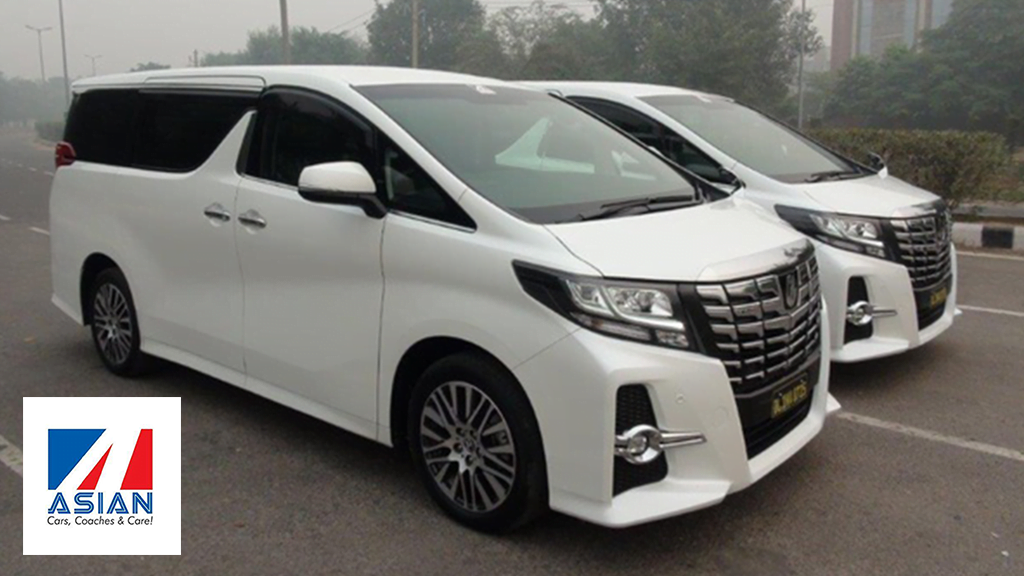
Asian Travel House | India
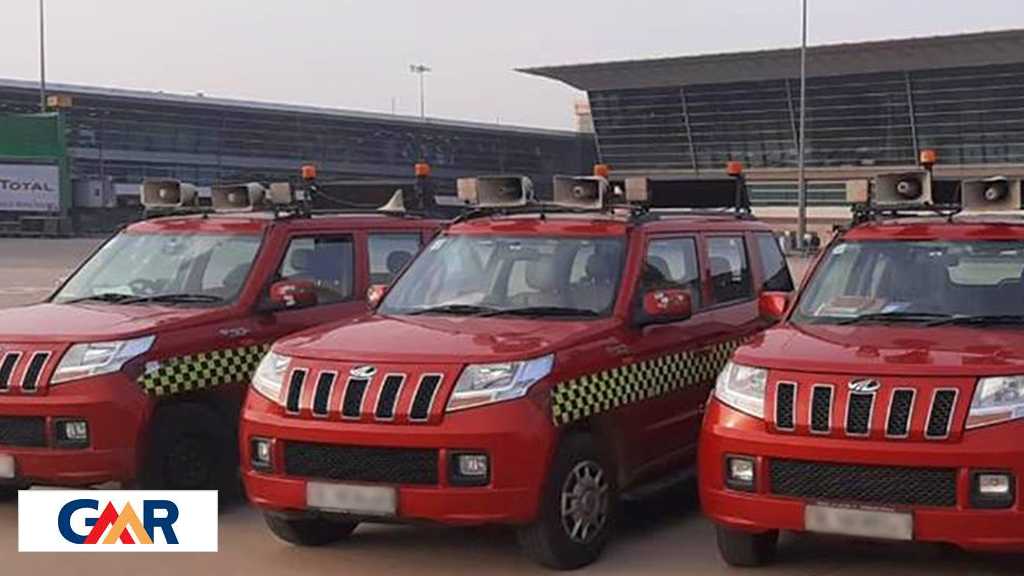
GMR Airport | New Delhi

Haryana Police | India
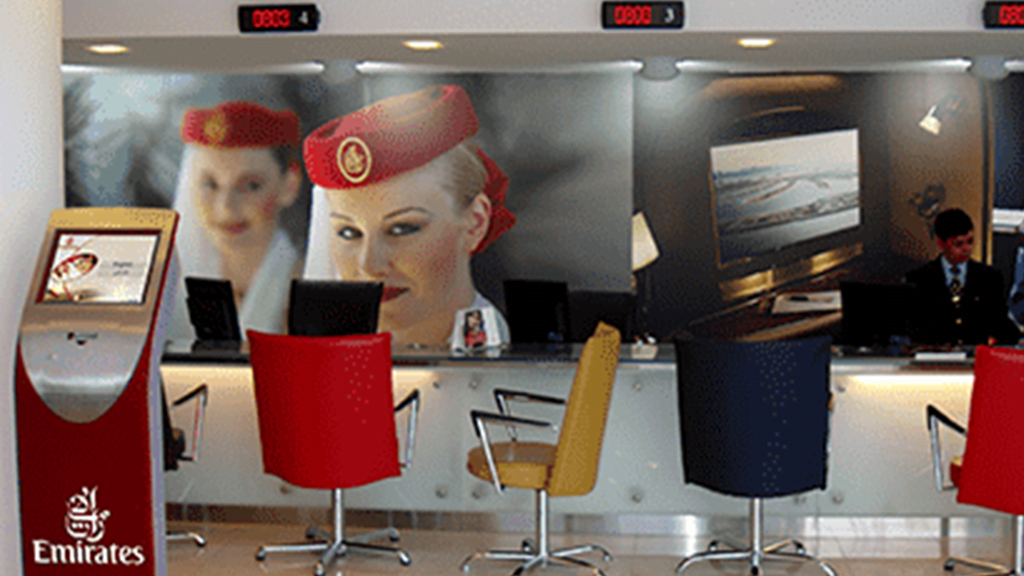
Emirates Airlines | India
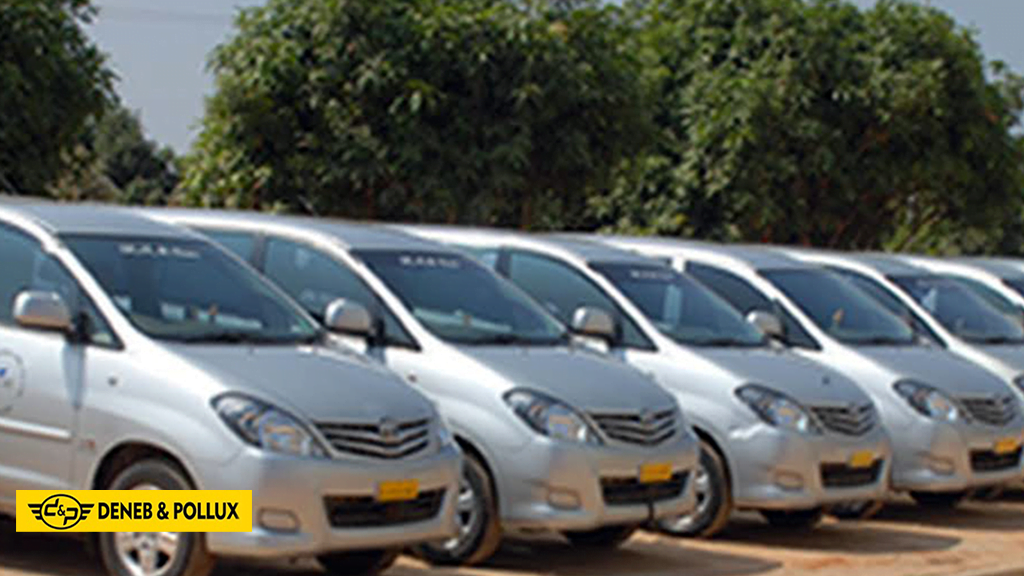
Deneb & Pollux | Delhi NCR

Genpact | Delhi NCR


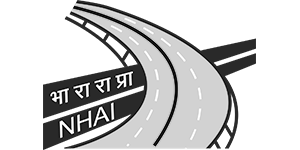



“It helped us control the unnecessary movement of vehicles as we can always track the same along with the correctness of our billing and help us to control our fuel expenses”
“We have been using GeoRadius for the past 3 years and we are extremely happy with their services and their mobile application. The product is amazing with lots of features”
“We are pleased to avail your services to our institution. The client support we get is excellent and we have no hesitation in recommending this firm to any other school”
- What is vehicle tracking system?
- How much does it cost to install a tracker in a car?
- How can I track a car location?
A vehicle tracking system is a technology that uses GPS (Global Positioning System) and GSM (Global System for Mobile Communications) networks to track the location of vehicles in real time. The system can provide information such as the vehicle’s speed, location, route, and stoppage time.
Vehicle tracking systems consist of several components, including GPS modules that receive signals from GPS satellites, a GSM modem that transmits the data to a central server, and software that enables the user to view the data on a web-based interface or a mobile app.
Vehicle tracking systems are used in various industries, including logistics and transportation, fleet management, and delivery services. The system can help businesses optimize their operations by providing real-time information about the location of their vehicles, improving route planning, reducing fuel costs, and increasing overall efficiency.
Vehicle tracking systems can also be used for security purposes, such as preventing theft, recovering stolen vehicles, and monitoring the behaviour of drivers. The system can alert the owner or the authorities if the vehicle deviates from its planned route or is driven outside of a specific area.
Overall, vehicle tracking systems provide valuable information that can help businesses and individuals improve their operations, increase safety, and reduce costs.
The cost of installing a tracker in a car can vary depending on several factors, including the type of tracker, the features and capabilities of the tracker, and the installation method.
There are different types of trackers available on the market, ranging from basic GPS trackers to more advanced systems that use a combination of GPS, GSM, and other technologies. The cost of a basic GPS tracker can range from $20 to $100, while more advanced systems can cost several hundred dollars or more.
In addition to the cost of the tracker itself, there may be additional costs associated with installation. Some trackers require professional installation, which can cost anywhere from $50 to $200, depending on the complexity of the installation and the experience of the installer. DIY installation is also an option for some trackers, which can save money on installation costs but requires technical knowledge and expertise.
There may also be ongoing costs associated with using the tracker, such as monthly subscription fees for data plans and access to the tracking software. These fees can range from a few dollars per month to several hundred dollars per year, depending on the features and capabilities of the system.
Overall, the cost of installing a tracker in a car can range from a few hundred dollars to several thousand dollars, depending on the type of tracker, installation method, and ongoing costs. It’s important to carefully consider the features and capabilities of different systems and to factor in all costs when evaluating different options.
There are several ways to track a car’s location, depending on the technology and tools available. Here are some common methods:
GPS tracking devices: These devices use GPS technology to track the car’s location in real time. GPS tracking devices can be installed in the car, and the location data can be accessed through a web-based interface or mobile app.
Smartphone apps: There are several smartphone apps available that can track a car’s location using GPS technology. These apps usually require access to the phone’s location services and can provide real-time updates on the car’s location.
Car manufacturer’s tracking services: Some car manufacturers offer tracking services that use built-in GPS technology in the car to track its location. These services may require a subscription and can be accessed through a web-based interface or mobile app.
Insurance tracking devices: Some insurance companies offer tracking devices that can be installed in the car to track its location. These devices are usually used for monitoring driving behaviour and can provide location data in the event of an accident or theft.
Satellite tracking systems: Satellite tracking systems use satellite technology to track the car’s location, even in remote areas where GPS signals may be weak. These systems are typically used for tracking vehicles in commercial and industrial settings.
It’s important to note that tracking a car’s location without the owner’s consent is illegal in many jurisdictions, so it’s important to obtain the necessary permissions before using any tracking technology.
Let's Build Something
Visit us to see the complete range of products and meet our experts in person.
Related Links
Featured Product
